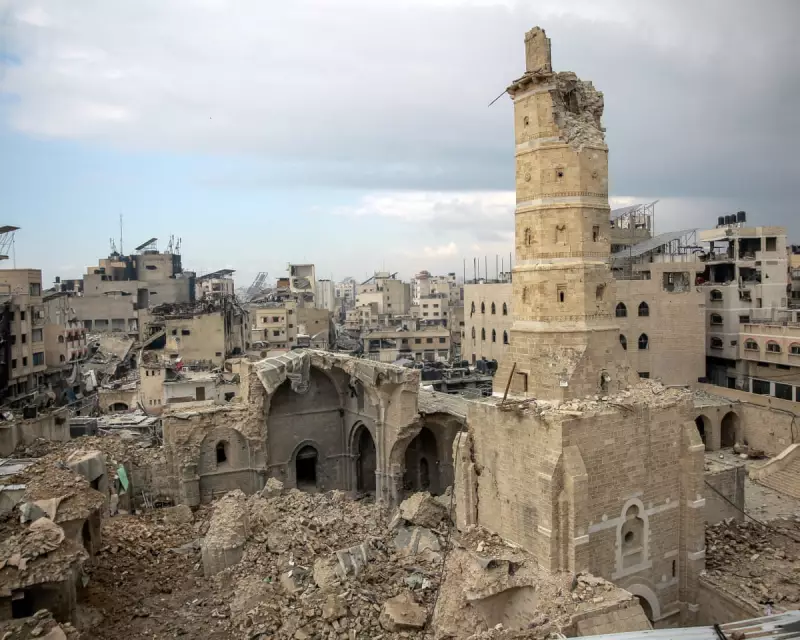
Beneath the dust of modern conflict lies a tragedy stretching back five millennia, as Gaza's extraordinary archaeological heritage—one of humanity's oldest urban landscapes—faces systematic annihilation. Recent assessments reveal a cultural catastrophe unfolding in real-time, with ancient sites that have survived empires and centuries now reduced to rubble.
The Cradle of Civilisation in Ruins
Gaza's soil contains layers of human history dating to the Early Bronze Age, around 3300 BCE, making it one of the planet's earliest urban centres. The coastal enclave has been continuously inhabited for over 5,000 years, serving as a critical crossroads between Africa and Asia, witnessing the rise and fall of Egyptian pharaohs, Roman legions, and Byzantine emperors.
Irreplaceable Treasures Lost Forever
Archaeologists report devastating damage to sites of global significance:
- Anthedon Harbour: A sophisticated Phoenician port dating to 800 BCE, considered the region's most important archaeological discovery in recent decades
- Tell Umm Amer: Home to the Monastery of Saint Hilarion, the birthplace of Palestinian monasticism
- The Great Omari Mosque: Built atop ancient Philistine, Roman, and Byzantine temples, containing stones from Crusader churches
- Ancient churches and Byzantine mosaics that have survived intact for fifteen centuries
A Modern War on Ancient History
Satellite imagery and ground reports confirm what experts fear most: systematic destruction of cultural heritage on an unprecedented scale. "This isn't collateral damage," explains Dr. Helena Carter, a leading Middle Eastern archaeologist. "We're witnessing the erasure of humanity's collective memory in one of its most important heartlands."
The destruction extends beyond immediate conflict zones. Looting and uncontrolled construction on damaged sites are stripping away archaeological context forever, making future reconstruction and study impossible.
Voices from the Rubble
Local historians and archaeologists, many working while their own homes lie in ruins, document the losses with heartbreaking precision. "Each stone tells a story of the traders, pilgrims, and empires that passed through here," says Palestinian researcher Mahmoud Al-Saadi. "When these stones are gone, part of human understanding disappears with them."
An International Outcry Grows
UNESCO and cultural organisations worldwide have issued urgent appeals for protection of remaining sites, but with limited access and ongoing hostilities, conservation efforts remain largely theoretical. The international archaeological community describes the situation as "cultural cleansing" and warns that Gaza's historical narrative is being rewritten through destruction.
As reconstruction plans begin to form, experts emphasise that some losses are permanent. The intricate mosaic of civilisations that made Gaza one of archaeology's most significant regions cannot be rebuilt from rubble alone.
The story of Gaza is being rewritten not just in political chambers, but in the silent disappearance of stones that have witnessed the entire span of human civilisation.





